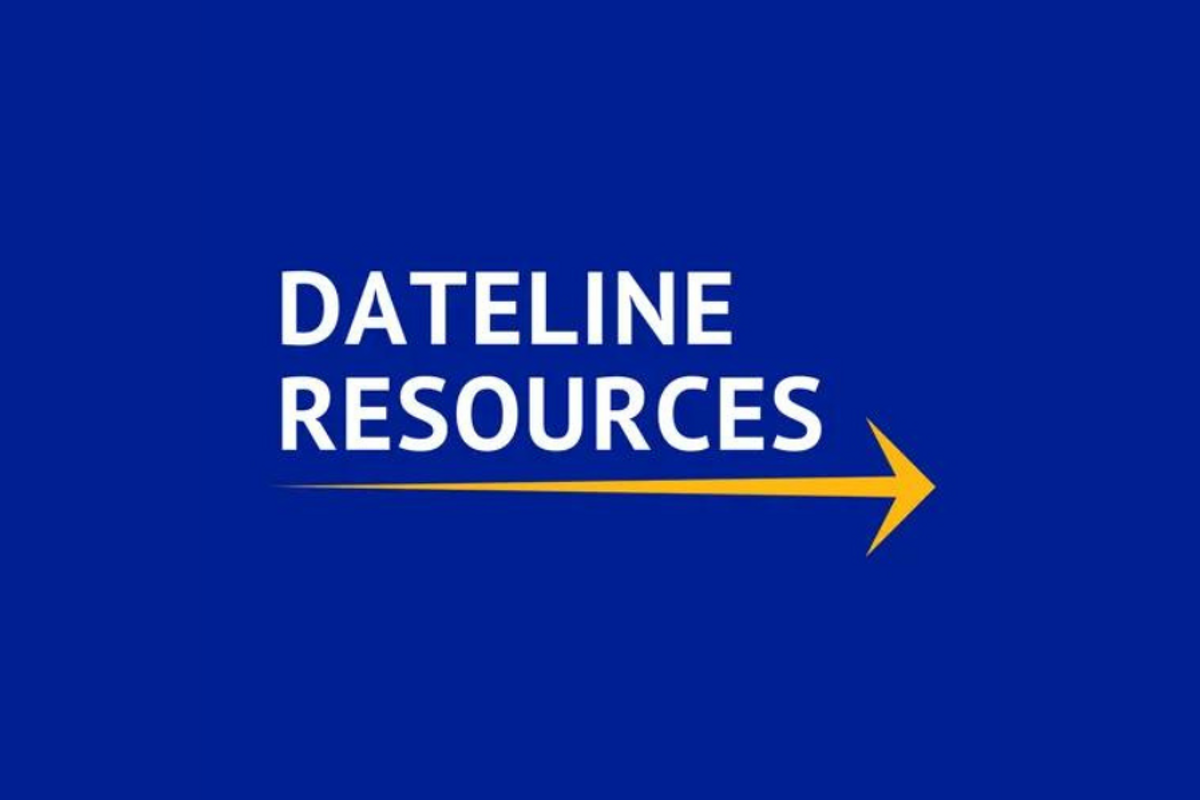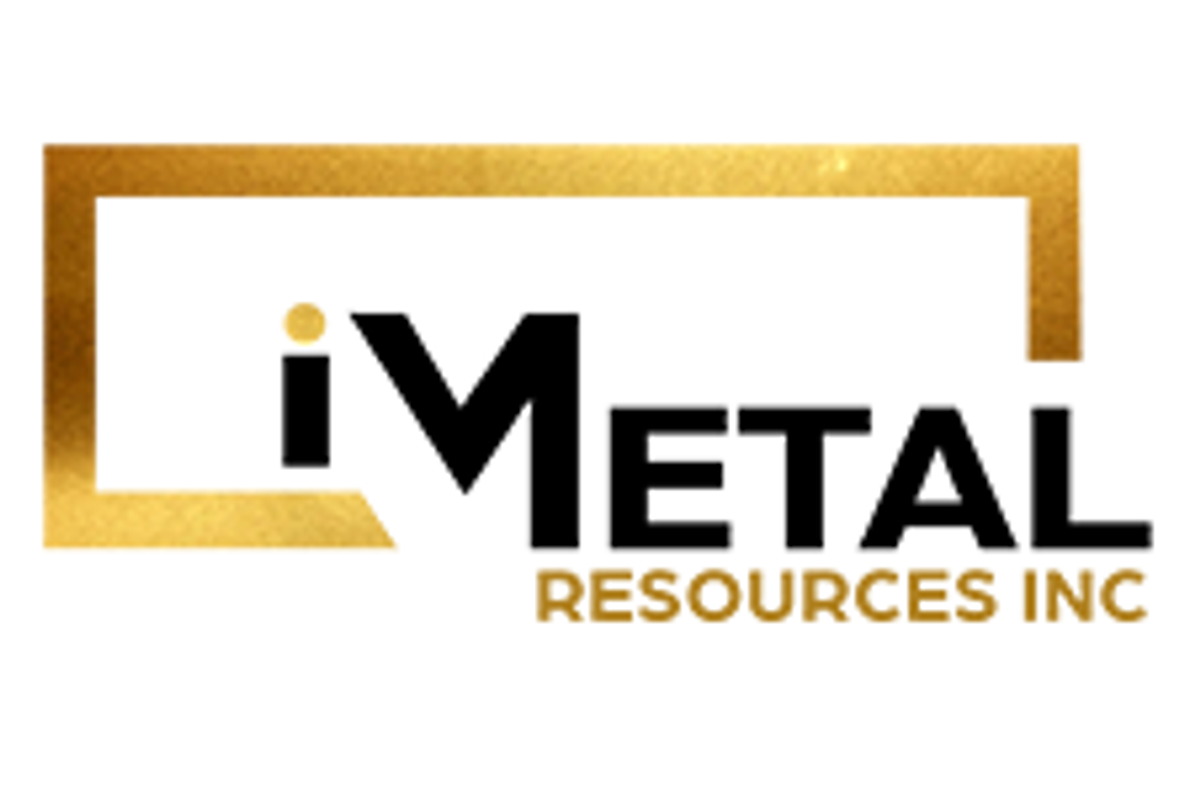
May 15, 2024
Dateline Resources Limited (ASX:DTR) (Dateline or the Company) is pleased to announce further significant gold values from drilling results at the Colosseum Gold Mine in California. The Company currently has a diamond and RC rig operating in the south pit undertaking infill and extensional drilling.
Highlights
- Results received from diamond and reverse circulation (RC) drilling within the south pit, comprising infill and extensional drilling
- Final results from diamond drillhole CM24-16 received, increasing the intercept from 88m to 104.7m:
- 104.7m @ 3.65g/t Au from 77.23m
- Incl. 12.2m @ 8.40g/t Au from 108.81m
- 12.8m @ 2.18g/t Au from 208.17m
- 104.7m @ 3.65g/t Au from 77.23m
- First results from the RC program have been received, with the following significant results:
- RC24-003 25.9m @ 1.91g/t Au from 57.91m
- Incl. 3.05m @ 3.05g/t Au from 57.91m
- RC24-004 3.05m @ 1.92g/t Au from 86.86m 3.05m @ 2.95g/t Au from 94.48m
- RC24-008 74.7m @ 4.27g/t Au from 77.72m
- Incl. 27.4m @ 7.82g/t Au from 88.39m
- RC24-003 25.9m @ 1.91g/t Au from 57.91m
- Updated Mineral Resource Estimate (MRE) underway, with an expected release in early June to be followed by mining studies
Diamond drillhole CM24-16 was first reported in April 2024, with assays returned for the upper portion of the hole (88m @ 4.18g/t Au). The hole was extended to ensure that it finished outside of the sedimentary breccia, with recent assays extending the intersection to 104.7m @ 3.65g/t Au.
The RC drill rig is focused on infill drilling and testing the margins of the existing Mineral Resource. Significant results received to date include 74.7m @ 4.27g/t Au and 25.9m @ 1.92g/t Au.
The Mineral Resource update is currently underway. Results from CM24-16 will be included in this update, however the RC results will be included in a subsequent update later in the year.
Commenting on the study, Managing Director, Stephen Baghdadi, stated:
“These drill hole results are further confirmation that the Colosseum project has delivered consistent gold grades in a wide zone.
“With the updated MRE expected in the next few weeks, we plan to move quickly to determining a mine plan to extract value for our shareholders.”
Drilling Results
Following a scheduled break, the drill crews returned to site and continued drilling within the south pit at Colosseum. The aim of the diamond drilling program is to extend the mineralised zone at depth, below the existing Mineral Resource, whilst the RC program is undertaking infill work as well as better defining the margins of mineralisation.
The RC drilling intersected mineralisation within the sedimentary and felsite breccia units in RC24-003 and RC24-004. Both holes intersected mineralization in more sulphide rich zones containing pyrite, sphalerite, and/or galena >5%.
Click here for the full ASX Release
This article includes content from Dateline Resources Limited, licensed for the purpose of publishing on Investing News Australia. This article does not constitute financial product advice. It is your responsibility to perform proper due diligence before acting upon any information provided here. Please refer to our full disclaimer here.
The Conversation (0)
2h
Armory Mining Engages Castello Q Exploration for Ammo Antimony-Gold Work Program
(TheNewswire) Vancouver, B.C. TheNewswire - December 22, 2025 Armory Mining Corp. (CSE: ARMY) (OTC: RMRYF) (FRA: 2JS) (the "Company" or "Armory") a resource exploration company focused on the discovery and development of minerals critical to the energy, security and defense sectors, is pleased... Keep Reading...
19 December
Armory Mining Announces Closing of Flow-Through Financing
(TheNewswire) THIS NEWS RELEASE IS NOT FOR DISTRIBUTION TO U.S. NEWSWIRE SERVICES OR FOR DISSEMINATION IN THE UNITED STATES Vancouver, B.C. December 19, 2025 TheNewswire - Armory Mining Corp. (CSE: ARMY) (OTC: RMRYF) (FRA: 2JS) (the "Company" or "Armory") a resource exploration company focused... Keep Reading...
18 December
More high grade gold intercepts at BMT3 in Boundiali
Aurum Resources (AUE:AU) has announced More high grade gold intercepts at BMT3 in BoundialiDownload the PDF here. Keep Reading...
18 December
Top 5 Australian Mining Stocks This Week: Taruga Minerals Climbs on Acquisition of Gold-Copper Projects
Welcome to the Investing News Network's weekly round-up of the top-performing mining stocks listed on the ASX, starting with news in Australia's resource sector.Many of this week's top stocks jumped on news of project acquisitions. Gold companies remained in the spotlight this week as precious... Keep Reading...
18 December
John Feneck: Gold, Silver in 2026, Plus 9 Stocks I'm Bullish on Now
John Feneck, portfolio manager and consultant at Feneck Consulting, shares his thoughts on silver's price breakout, as well as potential triggers for gold's next move up. He also discusses stocks he's watching in sectors like gold, silver and "special situations."Don't forget to follow us... Keep Reading...
18 December
iMetal Resources Completes Flow-Through Financing
iMetal Resources Inc. (TSXV: IMR,OTC:IMRFF) (OTCQB: IMRFF) (FSE: A7VA) ("iMetal" or the "Company) announces that has closed its non-brokered private placement (the "Offering") of flow-through units (each, an "FT Unit"). In connection with closing, the Company has issued 4,160,777 FT Units, at a... Keep Reading...
Latest News
Interactive Chart
Latest Press Releases
Related News
TOP STOCKS
American Battery4.030.24
Aion Therapeutic0.10-0.01
Cybin Corp2.140.00




